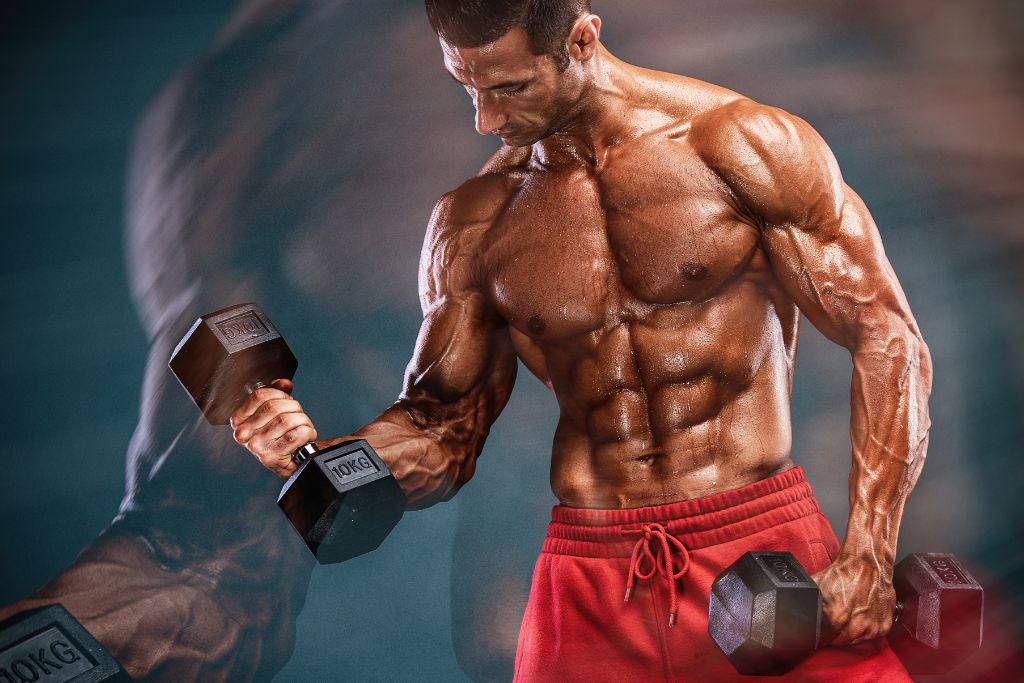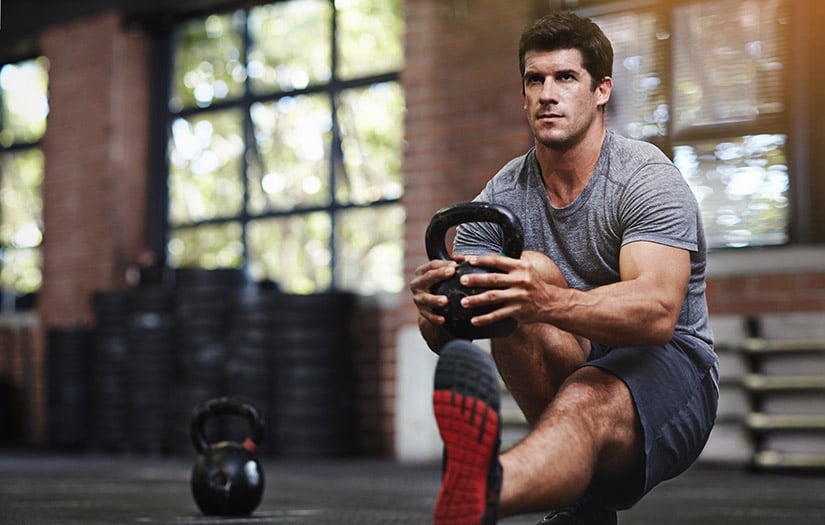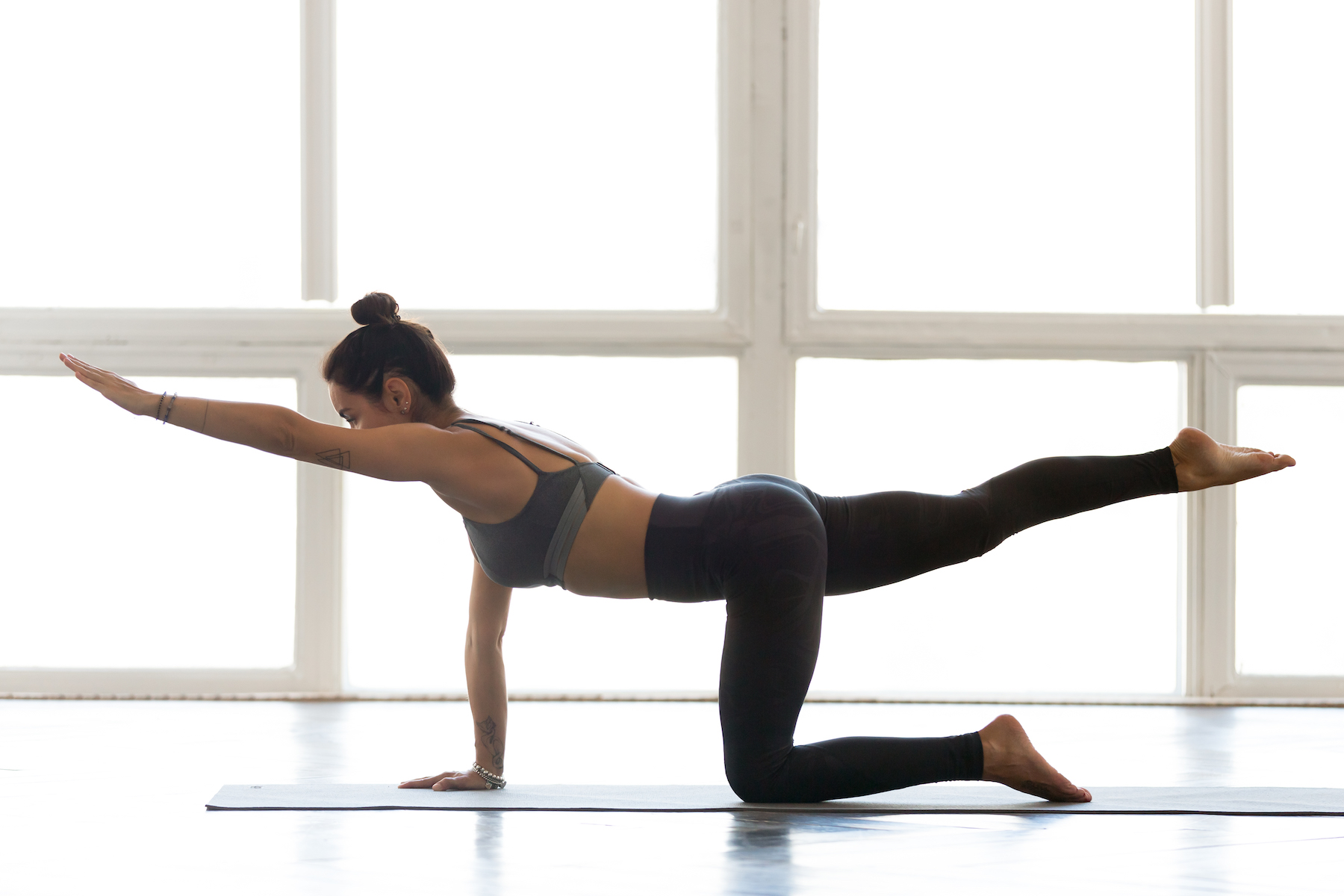6 Benefits Of Pull Ups & Tips To Maximize Them:Pull-ups are a classic bodyweight exercise that target the upper body, primarily working the back, shoulders, and arms. Here are six benefits of incorporating pull-ups into your fitness routine:
1. Comprehensive Upper Body Strength

Pull-ups are an excellent exercise for building upper body strength. They primarily target the latissimus dorsi (the large muscles of the back), but also engage the biceps, rhomboids, trapezius, and other stabilizing muscles in the shoulders and arms.
By lifting your own body weight, you engage multiple muscle groups simultaneously, which helps in developing a balanced and strong upper body. Over time, this can improve overall muscle definition and strength, contributing to a more toned physique.
2. Functional Fitness Improvement

Pull-ups enhance functional fitness, which refers to exercises that mimic real-life movements and improve your overall ability to perform daily activities. The strength gained from pull-ups can translate into better performance in various activities .
Such as climbing, lifting, or even carrying groceries. This functional strength is valuable for both athletic performance and everyday life, making pull-ups a practical exercise choice.
3. Core Engagement and Stability

While pull-ups primarily target the upper body, they also engage the core muscles. To maintain proper form and prevent swinging, your abdominal muscles, obliques, and lower back work to stabilize your body. This core engagement helps improve overall stability and posture. Strong core muscles are crucial for maintaining good posture and reducing the risk of back injuries.
4. Scalable and Versatile

Pull-ups are highly versatile and can be scaled to match different fitness levels. Beginners can start with assisted pull-ups using bands or machines, while advanced exercisers can challenge themselves with weighted pull-ups or different grip variations. This scalability makes pull-ups an accessible exercise for people at various stages of their fitness journey, allowing for progressive improvement.
5. Increased Grip Strength

Grip strength is essential for many activities and sports. Pull-ups require a strong grip to hold onto the bar while lifting your body weight. As you perform pull-ups regularly, your grip strength will improve, which can enhance performance in other exercises and daily activities that require hand strength, such as lifting or carrying objects.
6. Caloric Burn and Body Composition

Pull-ups are an effective exercise for burning calories due to their high-intensity nature. As a compound exercise that engages multiple muscle groups, pull-ups can elevate your heart rate and increase calorie expenditure. Additionally, the muscle-building benefits of pull-ups contribute to improved body composition by increasing lean muscle mass and potentially aiding in fat loss.
Tips to Maximize Your Pull-Ups
To get the most out of your pull-up workouts and see continuous progress, consider the following tips:
1. Perfect Your Form
Proper form is crucial for maximizing the benefits of pull-ups and preventing injuries. Start by gripping the bar with your hands slightly wider than shoulder-width apart. Engage your shoulders and core as you pull yourself up, keeping your body straight and avoiding excessive swinging.
Focus on pulling with your back muscles rather than relying solely on your arms. Lower yourself back down in a controlled manner to complete the full range of motion.
2. Gradually Increase Difficulty
If you’re new to pull-ups or looking to progress, gradually increase the difficulty to continue challenging your muscles. Start with assisted pull-ups using resistance bands or a pull-up machine if necessary. As you build strength, reduce the assistance and aim to perform unassisted pull-ups.
Once you’re comfortable, consider adding weight using a weight belt or vest, or try different grip variations (e.g., wide grip, close grip, chin-ups) to target muscles differently.
3. Incorporate Variety
To prevent plateaus and work different muscle groups, incorporate a variety of pull-up variations into your routine. Standard pull-ups target the back and biceps, while chin-ups (with an underhand grip) place more emphasis on the biceps.
Neutral-grip pull-ups (with palms facing each other) can be easier on the shoulders and wrists. Varying your grip and technique helps ensure balanced muscle development and keeps your workouts engaging.
4. Strengthen Supporting Muscles
Building strength in the muscles that assist in pull-ups can enhance your performance. Incorporate exercises that target the back, shoulders, and arms, such as rows, lat pulldowns, and bicep curls. Strengthening your core is also crucial for maintaining proper form and stability during pull-ups. Include core exercises like planks, hanging leg raises, and Russian twists in your routine.
ALSO SEE:9 Low-Calorie, High-Protein Dinner
5. Focus on Consistency
Consistency is key to making progress with pull-ups. Aim to incorporate pull-ups into your workout routine regularly, ideally 2-3 times per week. Allow adequate rest between sessions to give your muscles time to recover and grow. Track your progress to stay motivated and make adjustments to your routine as needed.
6. Use Proper Recovery Techniques
Effective recovery is essential for muscle growth and overall performance. After pull-up workouts, incorporate stretching and foam rolling to alleviate muscle soreness and improve flexibility. Ensure you’re getting enough protein and other nutrients to support muscle repair and growth.
Adequate sleep and hydration also play a crucial role in the recovery process, so prioritize these aspects of your overall health.By focusing on these benefits and tips, you can effectively integrate pull-ups into your fitness regimen, optimize your performance, and achieve your strength and fitness goals.
